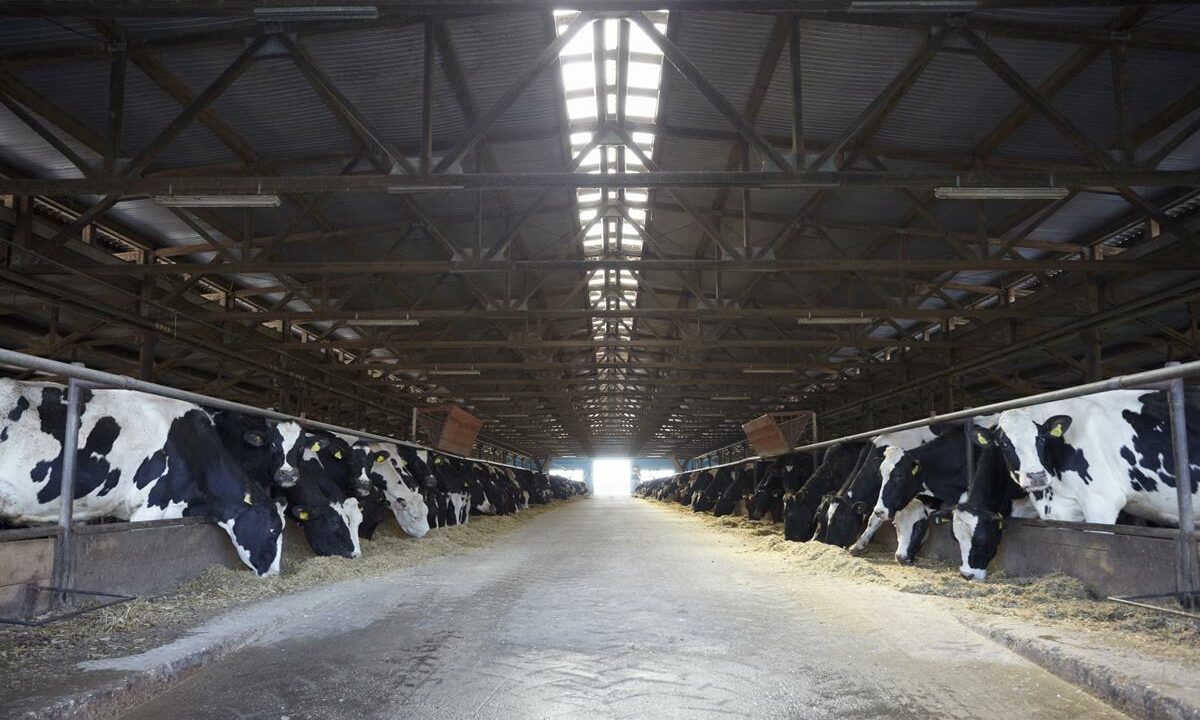EU milk production decreased by 1.9% in August 2016 compared to August of last year, the latest figures from the EU Milk Market Observatory (MMO) show.
It is the third consecutive fall in EU milk production this year.
In July, milk collections fell 1.4% on the corresponding month last year while in June collections fell by 2.3% year-on-year.
Earlier this year, the European Commission revised end of year milk production volumes in the EU for 2016 downwards.
Provisional production figures from the Commission suggest that 2016 volumes will end 0.9% higher than in 2015.
This figure is down from the 1.4% estimated by the Commission earlier this year. Dairy herd renewal together with the recent market measures adopted by the Commission to reduce output are attributed to the drop.
Meanwhile, following four consecutive years of increase, the number of dairy cows in December is expected to decline in the EU-15 by 0.5% in comparison with 2015.
In the EU-13, the decline is expected to be stronger, with a predicted decline in numbers of 3.5%, according to the Commission.
In addition, the outlook suggests that the aid scheme for milk production reduction may provide an additional incentive to farmers to delay calving, supporting a further reduction in milk production in the last quarter of the year.
Worldwide milk production
Looking at the other major milk producing regions, milk production in Australia fell by 10.2% in September compared to same month in 2015.
Figures from Dairy Australia show that in August of this year Australia’s milk production reached 725.3m litres, falling from a level of 799.5m litres compared to the same month last year.
The initial forecast for 2016/17 from Dairy Australia is for a further 1-2% fall in production, to between 9.45 and 9.55 billion litres.
While Australian milk production fell year-on-year in September, both New Zealand and the US recorded increases in production.
In New Zealand production increased year-on-year by 1.1%, while in the US, milk production increased by 2.1%.

